Sculptor Keita Miyazaki’s Mechanical Flower Power
The artist uses metal car parts and paper flowers in his artwork to denounce all human-induced global crises.

© Keita Miyazaki
A graduate of the Tokyo University of the Arts and the Royal College of Art in London, Keita Miyazaki thrives on antagonism. The sculptor’s works marry the robustness of metal with the fragility of paper, opposing mechanic with organic, order with fantasy.
Industrial progress vs Vegetation
Miyazaki assembles car parts (the car representing capitalism, industrial progress, and mass production) and multicoloured paper flowers (symbolising vegetation, renewal, and the inevitability of life).
In a harmony of seemingly incompatible elements that have already been exhibited at the Victoria and Albert Museum and the Venice Biennale, Keita Miyazaki questions and intrigues. The artist, who considers his work to be post-apocalyptic, seeks to denounce all human-induced global crises, be they nuclear or banking related.
Keita Miyazaki’s works can be seen on his website.
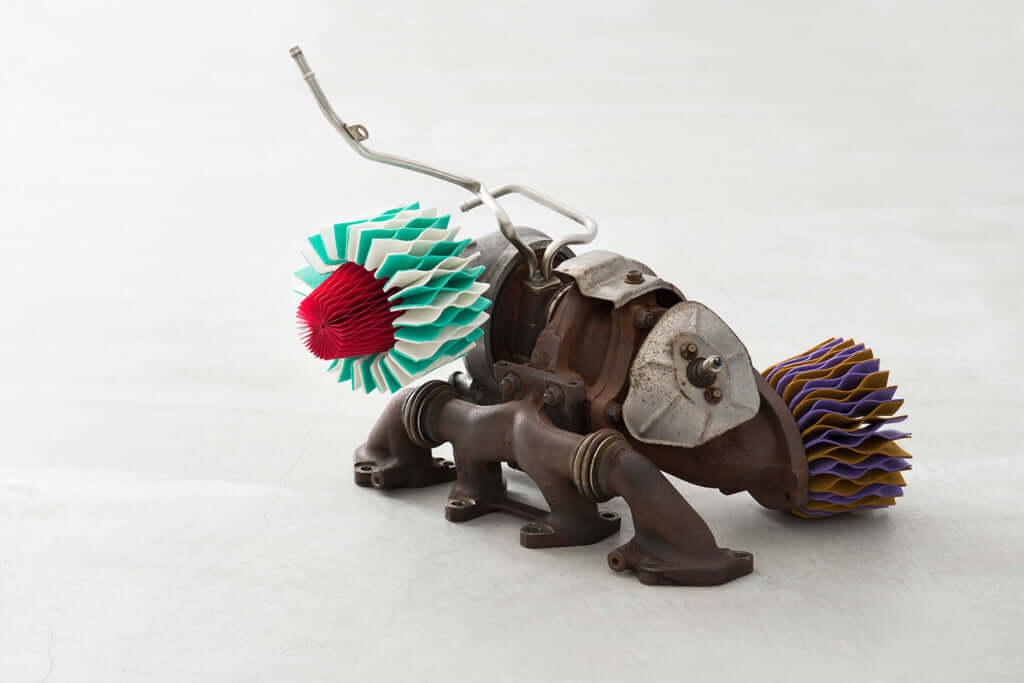
© Keita Miyazaki
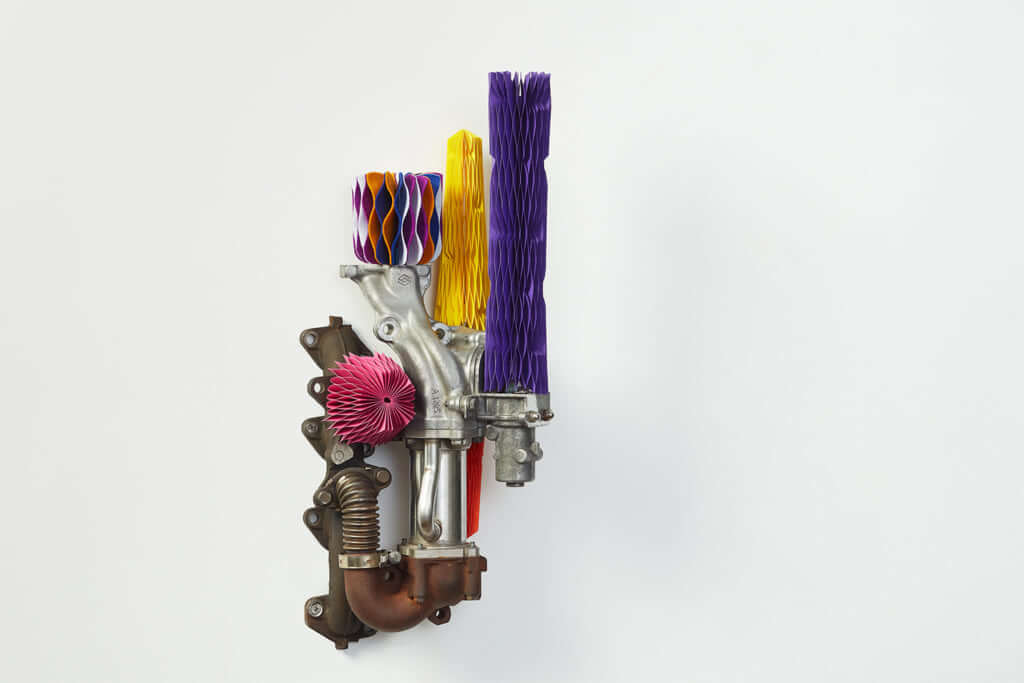
© Keita Miyazaki
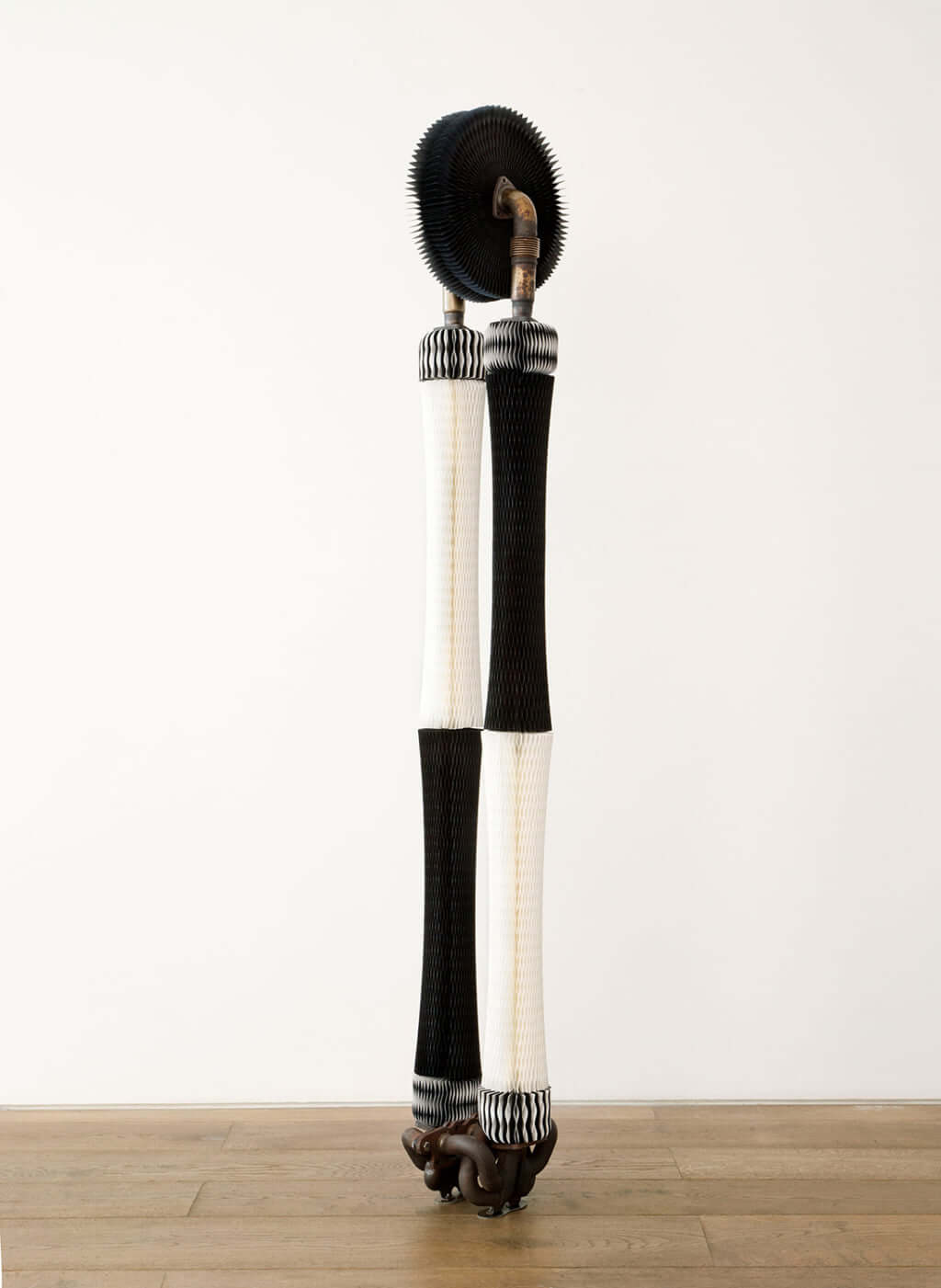
© Keita Miyazaki
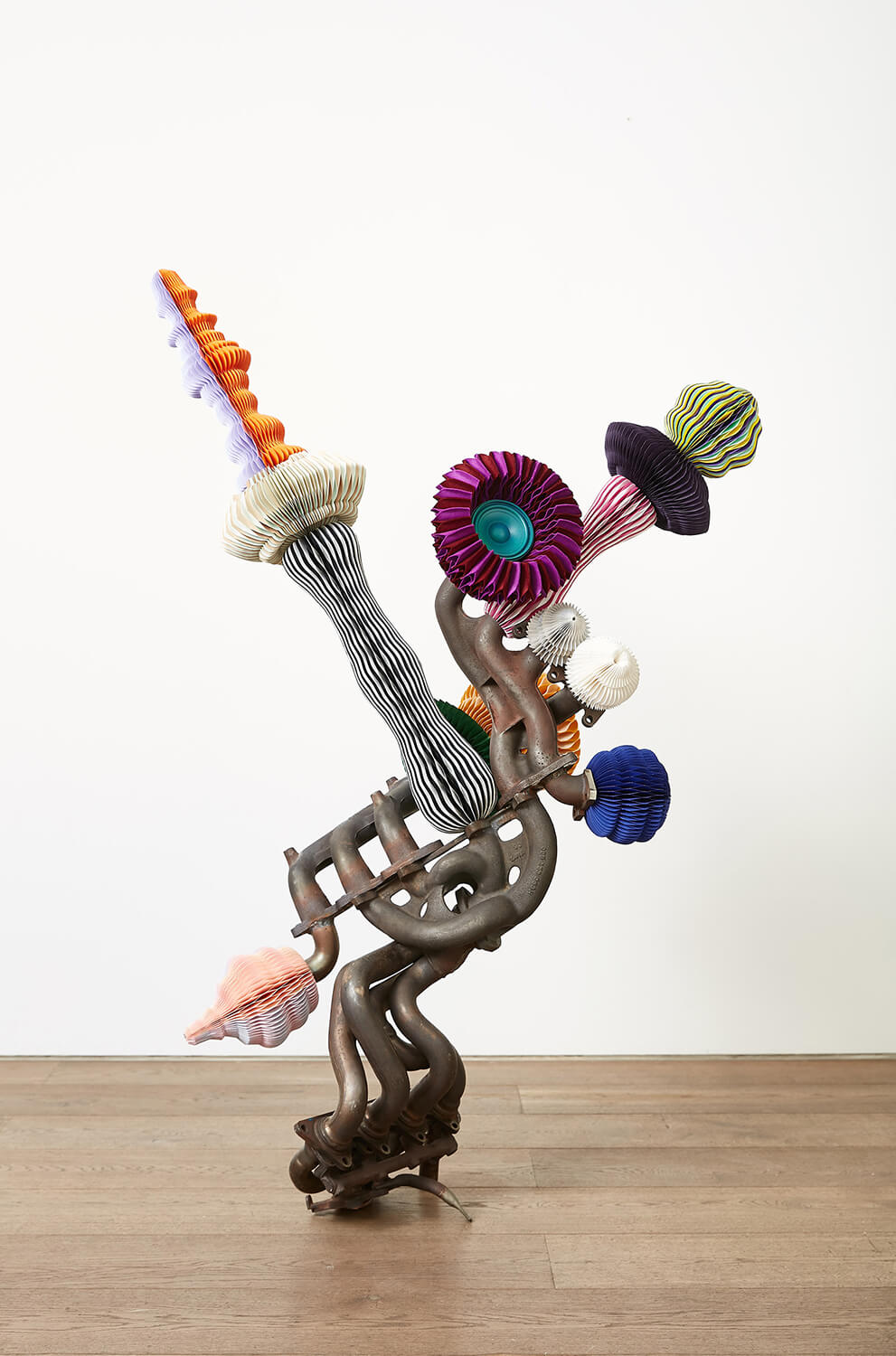
© Keita Miyazaki
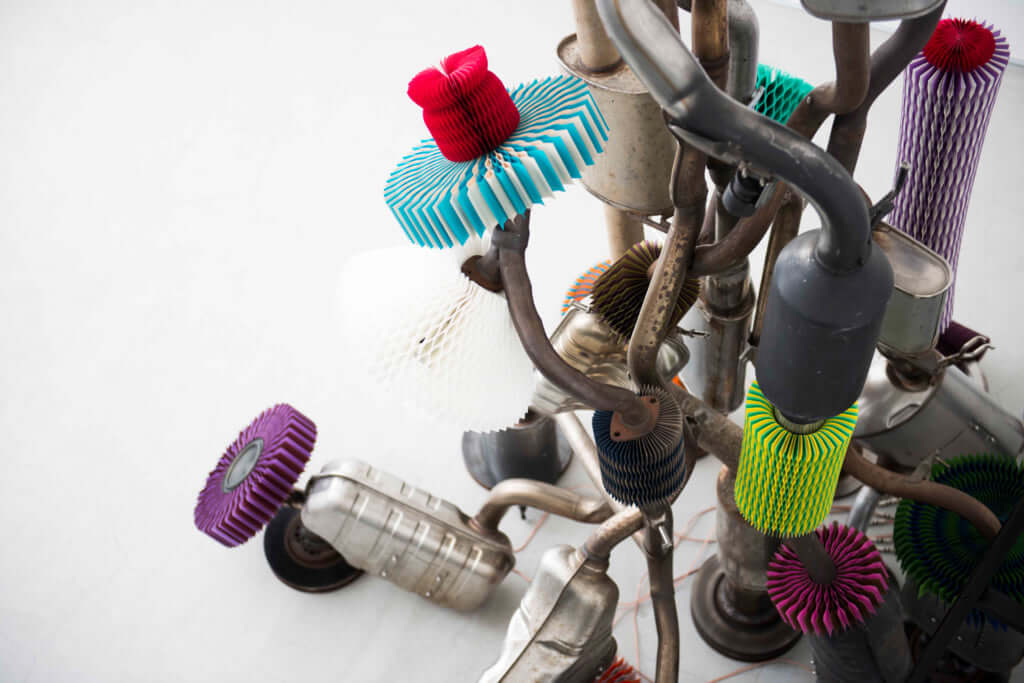
© Keita Miyazaki
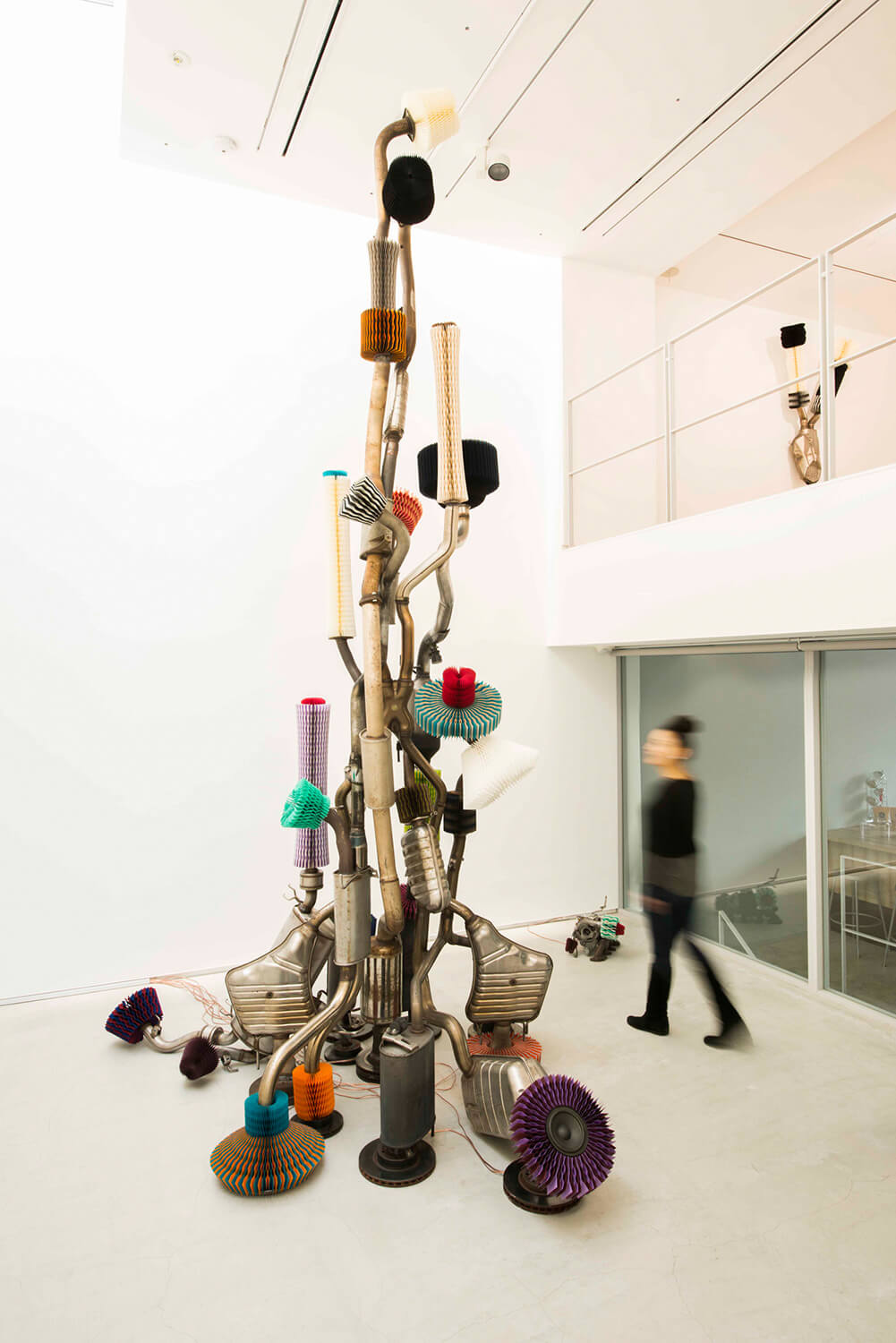
© Keita Miyazaki
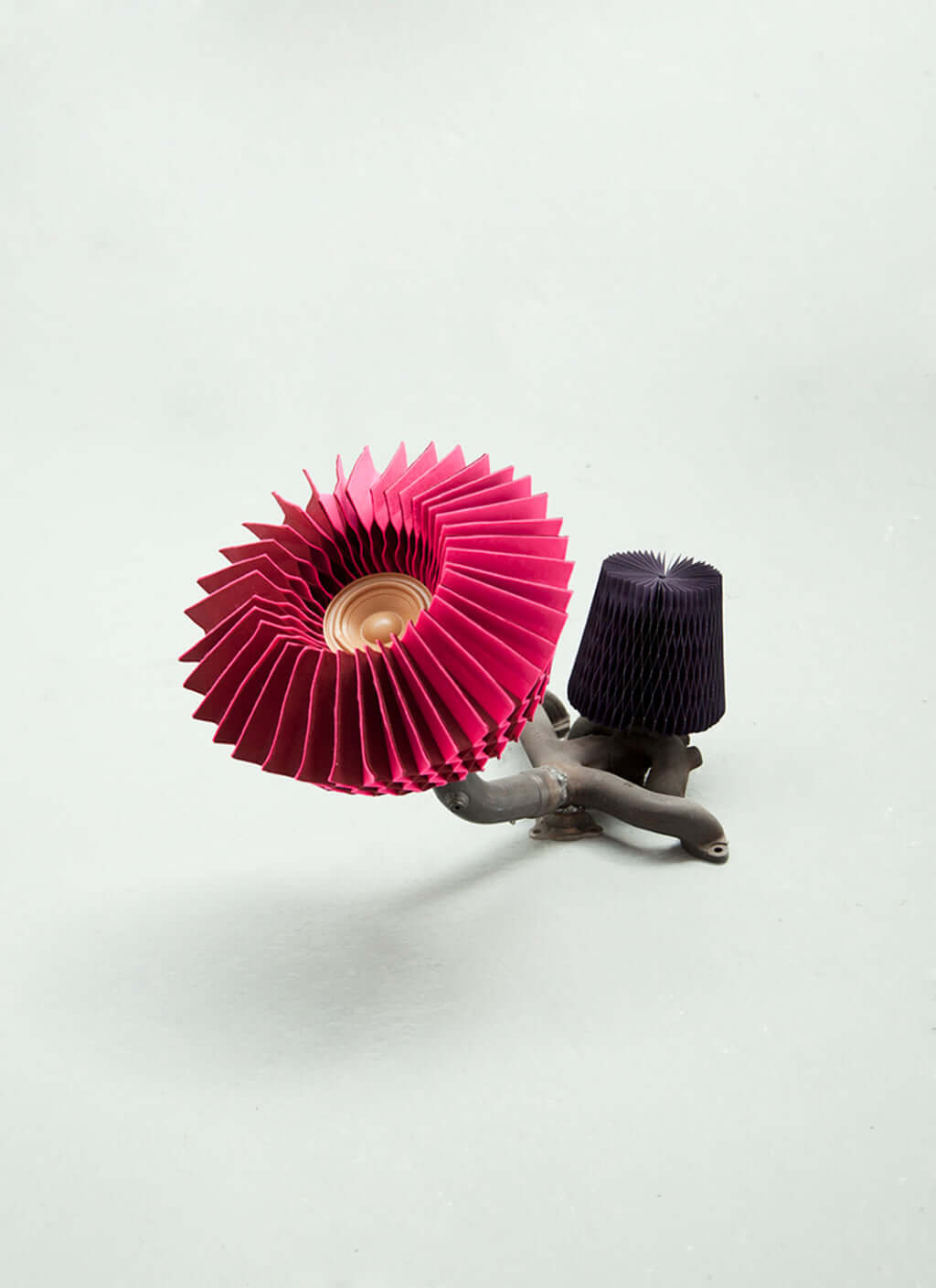
© Keita Miyazaki
TRENDING
-
A House from the Taisho Era Reveals Its Secrets
While visiting an abandoned building, Hamish Campbell discovered photographs the owner had taken of the place in the 1920s.

-
The Taboo-Breaking Erotica of Toshio Saeki
The master of the 1970s Japanese avant-garde reimagined his most iconic artworks for a limited box set with silkscreen artist Fumie Taniyama.

-
With Meisa Fujishiro, Tokyo's Nudes Stand Tall
In the series 'Sketches of Tokyo', the photographer revisits the genre by bringing it face to face with the capital's architecture.

-
Masahisa Fukase's Family Portraits
In his series ‘Family’, the photographer compiles surprising photos in which he questions death, the inescapable.

-
Hajime Sorayama's Futuristic Eroticism
The illustrator is the pioneer for a form of hyperrealism that combines sensuality and technology and depicts sexualised robots.





